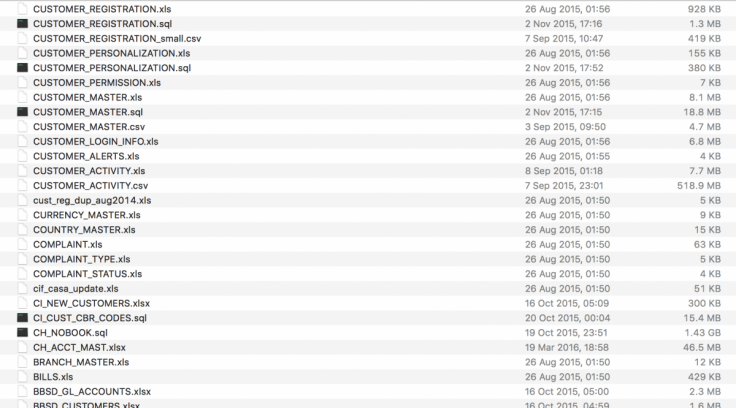
Still, about $84 million of the pilfered billions was never paid back. These are obligated to reimburse cardholders as long as they notify the institution in a reasonable timeframe and weren't overly negligent.Īs the regulatory document, the ePayments Code, puts it: "A holder is not liable for loss arising from an unauthorised transaction where it is clear that a user has not contributed to the loss." In 2014, 58.8 cents per $1000 was lost to card fraud in 2015, the figure was 66.8 cents per $1000.Ĭardholders managed to get back most of the ABS's reported $2.1 billion lost in 2015 from their financial institutions. When asked about the discrepancy, an APCA spokesperson explained that the ABS stats are based on a large-scale household survey, while the industry's stats come from financial institutions.Ībout a million people with Australian issued cards were victimised by some kind of card fraud in 2014-15, mostly by cybercriminals. When it came to cards alone, $460 million was lost to crooks (locally as well as overseas). The above stats, the latest from the Australian Bureau of Statistics (ABS), don't quite jibe with the calendar year 2015 numbers from the Australian Payments Clearing Association (APCA), the peak body representing the payments industry.Īccording to APCA, Australians spent $1.92 trillion in 2015 using either cards or cheques, and a mere 0.025% of the transactions, or $469 million worth, were fraudulent.


Been let down by your bank or financial service? Join our campaign to fix the banks.


 0 kommentar(er)
0 kommentar(er)
